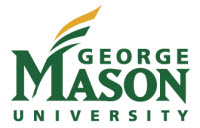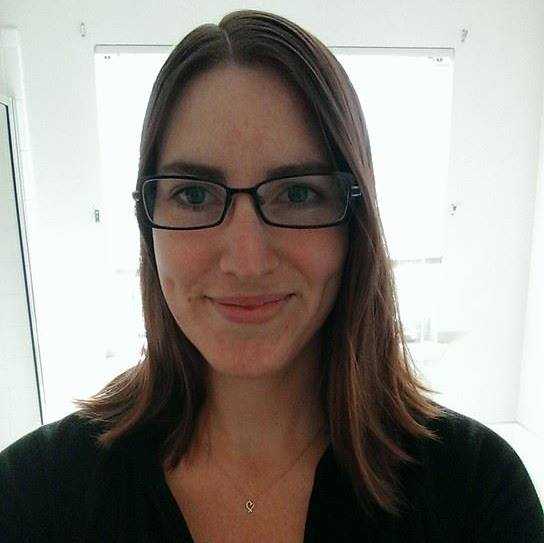Below is a summary of the abstract you submitted. Presenting author(s) is shown in bold.
If any changes need to be made, you can modify the abstract or change the authors.
You can also download a .docx version of this abstract.
If there are any problems, please email Dan at dar78@pitt.edu and he'll take care of them!
This abstract was last modified on May 5, 2017 at 8:28 p.m..

Here we describe two novel Siphoviridae bacteriophages that were isolated using the enrichment method. Both phages were isolated from mulch samples on the George Mason University campus in Fairfax, VA using Mycobacterium smegmatis mc2155 as the host bacterium. Both genomes were sequenced using Illumina sequencing at the Pittsburgh Bacteriophage Institute.
One of the phages isolated, Easy2Say, was found to be a Cluster E phage, which currently has 84 members. Easy2Say has a genome containing 75,598 bp with a GC content of 62.9%. Several structural proteins were identified, including a major capsid protein, a major tail subunit, and 3 minor tail proteins. Interestingly, Easy2Say contained a beta-lactamase gene which normally confers resistance to penicillin and other beta-lactam antibiotics in bacterial cells. Also identified were several enzymes involved in destruction of the bacterial host cell wall (Lysin A, Lysin B, and a holin protein). We will also describe a -1 frameshift present in the tail assembly chaperone gene preceding the tapemeasure gene.
Our second phage, Phareon, is in subcluster B1, which currently has 161 members. Phareon has a genome containing 68,040 bp with a GC content of 66.5%. Proteins involved in DNA packaging were discovered, including both large and small terminase subunits. At least 4 genes appear to encode minor tail proteins, and were clustered together downstream of a tail assembly chaperone protein. Genes for replication were discovered, including DNA polymerase and helicase. Phareon also contained genes for destruction of the bacterial host cell wall, namely Lysin A and Lysin B. In addition, there were genes for transcription and translation, such as RNA polymerase, tRNA ribosyltransferase, and an elongation factor.


